The 7 Principles of Maat are:
The 7 Principles of Maat are a summary of the ideals and morals practiced in Ancient Egypt. Beyond the Principles is a field of study with volumes of texts that reveal a divine order with political, theological, social, and anthropological implications.[1]
Exploring the history and life of our ancient African ancestors can be a daunting task. After all, they left an encyclopedic amount of information on their morals and values on papyri, tombs, stelae and statuettes. Throughout this literary collection, there's a common theme under the umbrella of the term Ma'at also referred to as "Maat." It can be overwhelming to say the least to begin excavating all of the material, but thankfully there are at least two that provide a summary and important critique of it, namely "Maat: Guiding Principles of Moral Living" by Ife and Tdka Kilimanjaro, Ph.D's, and an earlier work, "Maat: The Moral Ideal in Ancient Egypt, A Study in Classical African Ethics" by Maulana Karenga. I suggest spring-boarding your way into the topic with the book, "Nile Valley Contributions to Civilization" by Anthony Browder. Browder provides an easy to digest look into the life, customs and connections to present day signs and symbols.
There is a lifetime of study awaiting any who dare to open this African box of mysteries. The diagrams, anthropomorphic symbolisms and Kemetic language abounds and for the modern day researcher cause for pause before diving in. I would recommend utilizing the work of those who've ventured before us as a pillar of strength forward. Browder has studied with the masters and is an expert at breaking down complex concepts for a wide audience. For decades, I've recommended his, "From the Browder File" as a doorway into African consciousness and study with great success. In this niche of Ancient African ethics, he does not disappoint. As it pertains to Maat, he has analyzed the most popular image associated with Her, Goddess Maat as she is also referred to.
At the bottom of page 88, see Image 1 above, you will see a hand drawn copy of the original that resides on the walls of the inside of a pyramid. Each part of the image has been interpreted starting from left to right with the double image of Maat. The most notable characteristic about Maat is her plume feather at the top of her head. Browder explains that the two images of Maat that surround the deceased man in the middle symbolize "the personification of physical law and moral virtues." In the second part of the image, we see the same feather being weighed against the deceased's soul. This is heavy, pun intended. I hope that this example allows the reader to appreciate the work that Browder provides in translating and interpreting what has been preserved in stone to words that have meaning for us.
Interpretation can vary from interpreter to interpreter, and Browder is a well respected scholar I've come to trust. When analyzing the world of Maat, however, there are many more scholars to consider for a closer look at its intricacies and ideals. The entire field of Egyptology must be examined and extracted from its racist views. Terminology must be redefined and placed in proper context. As an example, Egyptologists (Hegel, Breasted) have debated whether the people of ancient Egypt were even Black. Though Egypt is in Africa, there was question/cover-up/denial/lies regarding ethnicity. Dr. Jacob Carruthers has expertly done the required literary surgery in his treatise, "Intellectual Warfare," by calling and quoting the rouge arguments made to keep Greek/Roman's at the center of contributions to world civilization and Africans as peripheral (at best) or non-existent.[4] Researching Maat requires researching Egypt, requires researching hieroglyphics, also known as Medu Netcher or Medu Netru. There is much work to be done, and the reader may grow to appreciate the work our ancestors have done to rescue, revive, and reinterpret it from an African perspective.
The second reference, "Maat: Guiding Principles of Moral Living" caught our attention at Afriware Books, Co because there was a surge in orders for this book after the heinous murder of George Floyd. The book is no light read. We have sold over 45 copies of a book that is 795 pages long, DURING A PANDEMIC. This is extraordinary given we did not have a book signing with the author. Clearly there is desire to learn more about life before colonization and this book provides an abundance of translated pyramid walls, papyri, mixed with modern day leaders' writings. When reviewing it, I found translations of ancient text with modern interpretations and opinions side by side. This was clearly a grand undertaking which could have taken several lifetimes to complete. The authors must be commended for pulling this together for wide accessibility. Usually this type of information may remain within the lonely halls of guarded museums. For the general public to be able to access it and use what applies to their lives is invaluable. While the reader can decide for themselves what their preference is, I appreciate the work and recommend it after reading its predecessor, "Maat: The Moral Ideal in Ancient Egypt," by Maulana Karenga.
Karenga provides the backdrop and meticulous references that assist with understanding the original texts. While some may not require this level of detail, I found it easier to differentiate interpretation from opinion. While I agree with many of the opinions expressed in Kilimanjaro's work, I found myself struggling to determine which was original text and which was a modern day opinion. While we're all one African family, I feel it's important to add the "teach us how to fish" approach rather than providing the fish itself. With the sheer amount of work that was interpreted, I can also understand having to make a choice of going the strictly interpretation route vs. the next level of opinion-application which Kilimanjaro provided; this is why I do recommend both books however, it is just the order in which they are read that may make a difference for some. The bottom line is to start with the earliest 2004 (Karenga) and build from there to 2019 (Kiliimanjaro).
I will end this article in just pointing out the single difference mentioned in the "7 Principles of Maat" between the authors. Browder and Karenga use the word "Harmony" for the third principle, while Kilimanjaro uses the word, "Righteousness" in his first definition. I think this should be explored further, though, I feel the authors could debate it either way since there are so many books to reference. Karenga does reference "righteousness," as part of the "polysemic" nature of Maat. Kilimanjaro uses "Righteousness" on page 159 and "Harmony" on page 217. I prefer the word "Harmony" since it is the only Principle that has a tie to vibration, and in my humble opinion, we are all vibration. And on that note, I'll end this article on a positive vibration and welcome the reader to research for yourselves any of the books mentioned herein.
In summary, my recommendation for further study on "The 7 Principles of Maat" is to read in this order:
As always, I appreciate that you have read through this blog post. I hope that you’ve become curious to read more books about Maat and African Spirituality. I invite you to read our related blog called "Were the Ancient Egyptians Black." We ask that you consider purchasing your books from our Black owned bookstore, Afriware Books, Co. If there is a title you’d like to purchase that is not mentioned here, or could not be found on the website, feel free to email us at: [email protected]
Comments are closed.
|
AUDIOBOOKSMERCHGIFTSjoin email listACADEMIC BOOKSblog Author/
|
- Store
- Blog
- AUDIO BOOKS
- EBOOKS
- SEARCH
- Welcome
- GoFundMe
- TUCC
- Events
- READING GUIDE
- AUTHOR INFORMATION
- ARTIST BIO/PRICE
- NNEDI OKORAFOR BOOKS
- PODCAST
- LARUE'S HAND IN CLAY
- About Us
- FREQUENTLY ASKED QUESTIONS
- BOOK FAIR /SCHOOLS / CLUBS
- Photo Gallery
- EJP BOOK DRIVE
- Videos
- Newsletter/Articles
- Archives
- External Links
- Afriware Statement on COVID-19
- GREATER LAKES
- Afriware Merchandise
- AFFILIATE INFO
- SEBRON GRANT ART DESIGNS
- Mother's Day Bundles
- CARTOON
- ROBOTS
- STEM
AFRIWARE BOOKS CO. A COMMUNITY BOOKSTORE SERVING:
|
|
Melrose Park, IL
|
|
,AFRIWARE BOOKS, CO,
1033 SOUTH BOULEVARD, OAK PARK, IL 60302 708-223-8081 ONLINE SUPPORT: Thurs-Fri. 4-6pm Sat. 12-2pm, IN PERSON EVENTS: afriwarebooks.com/events |
Want to try a great website builder, try Weebly at: https://www.weebly.com/r/9SAD4V

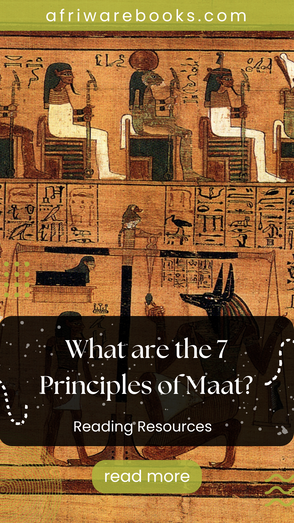
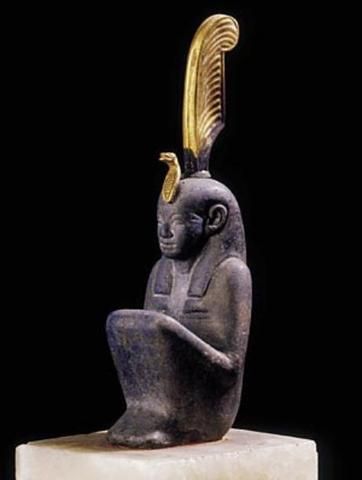
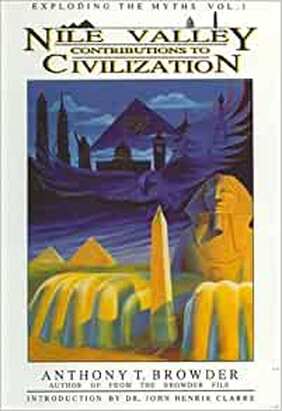
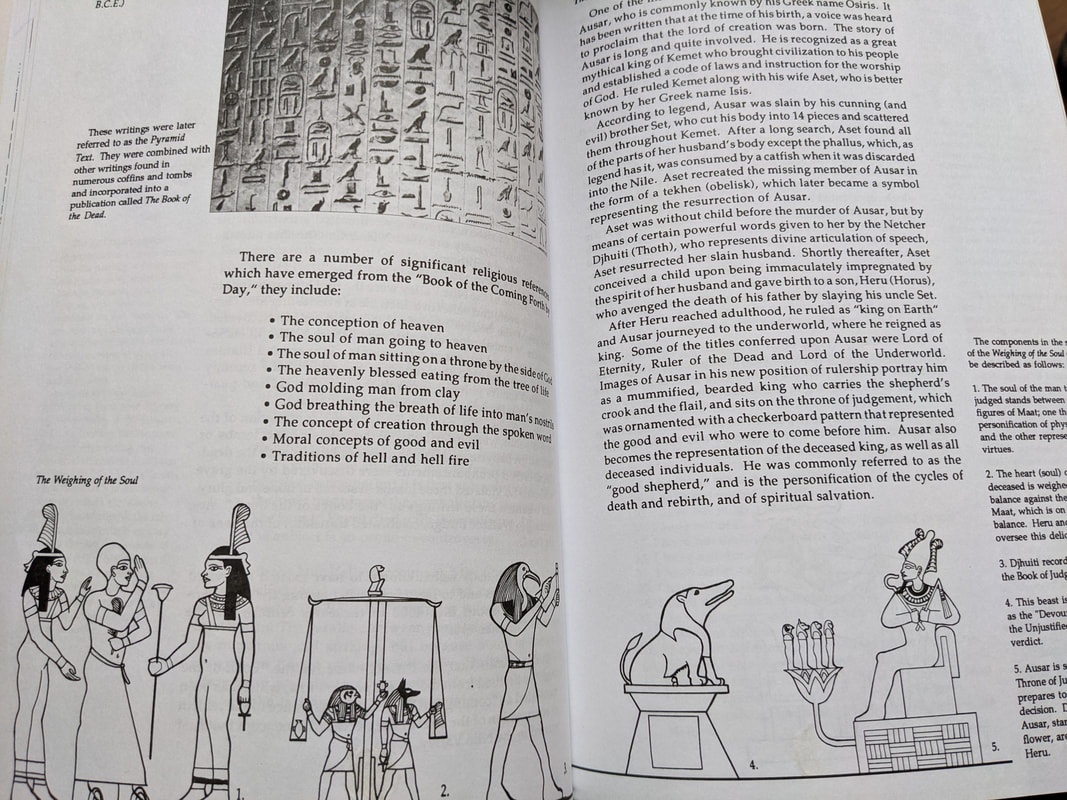
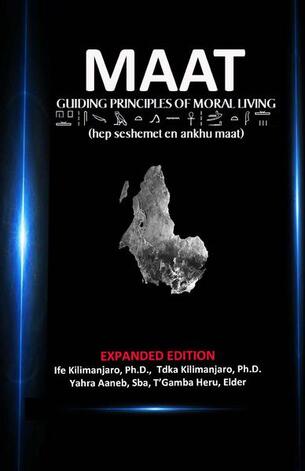
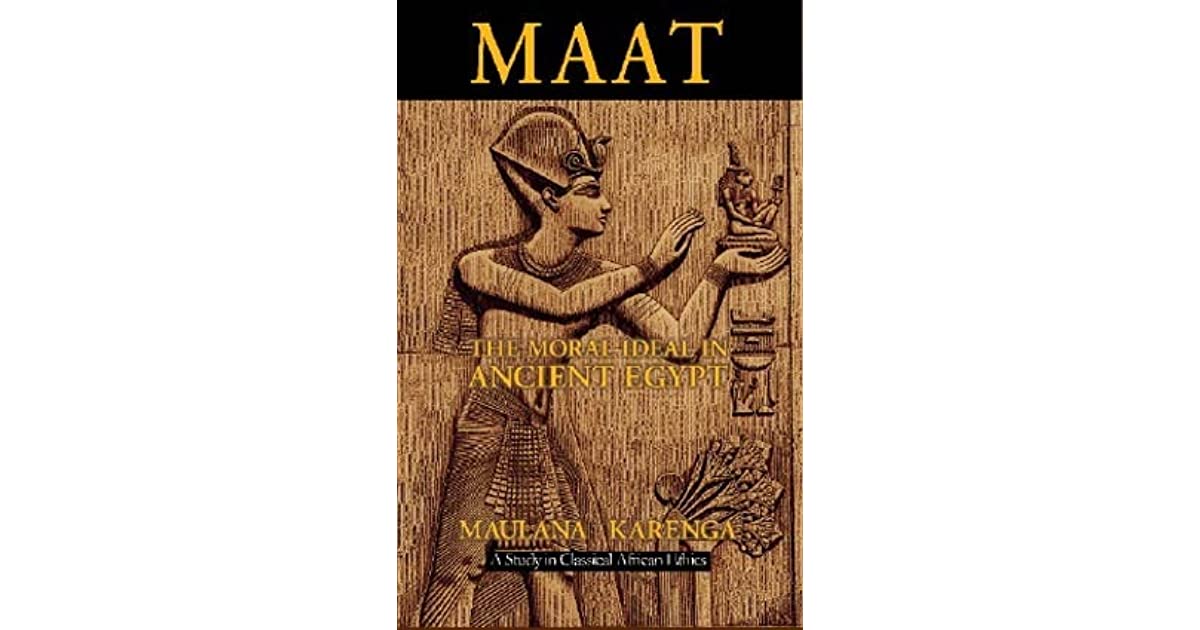





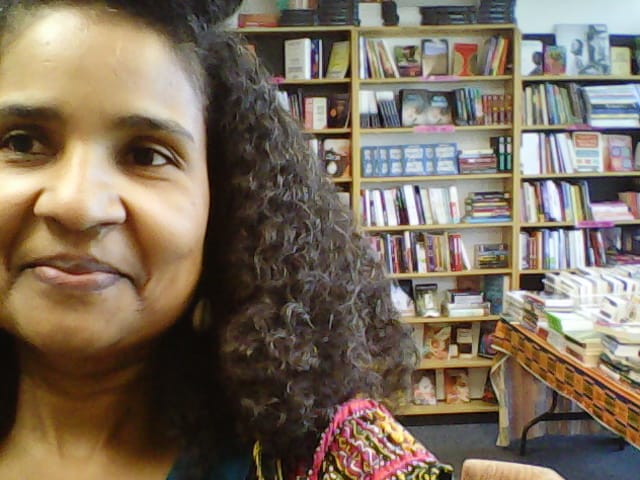
 RSS Feed
RSS Feed


